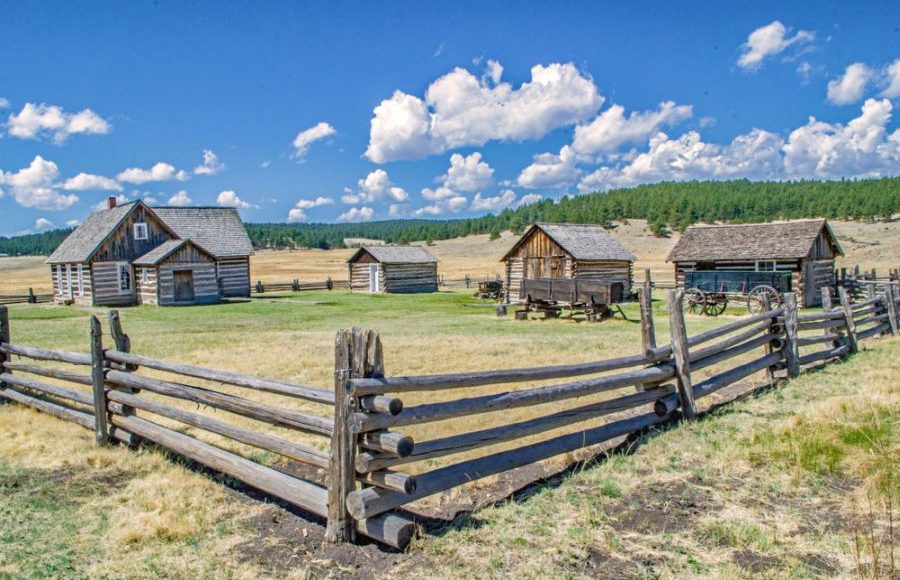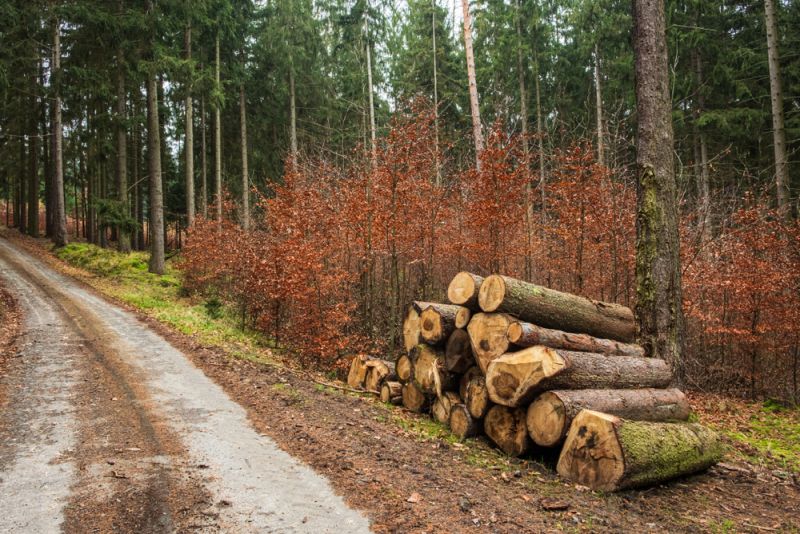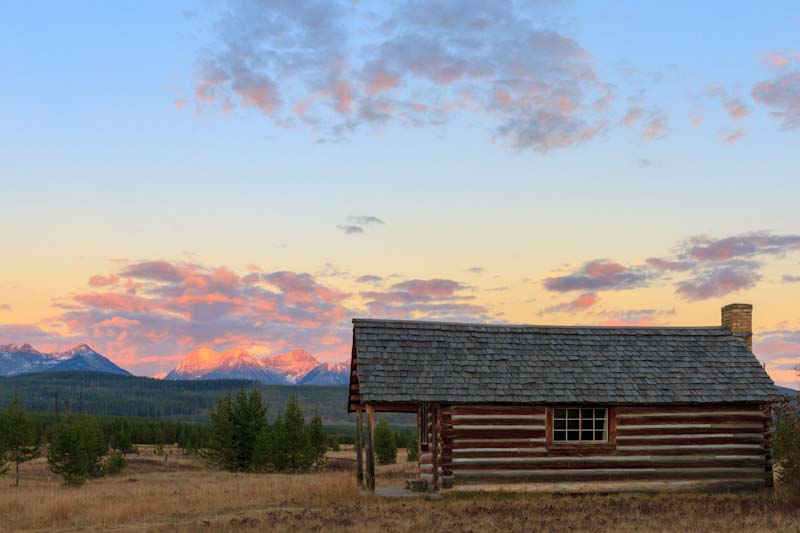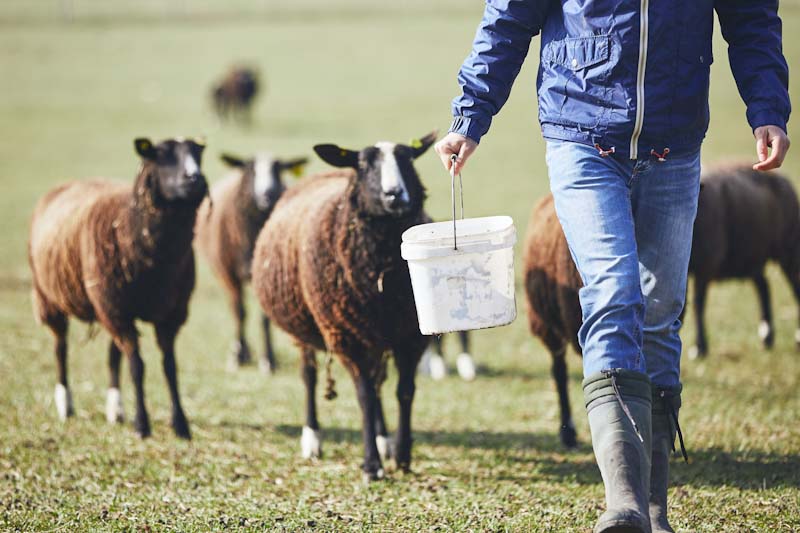Folks living in the city often dream of someday working the land just like their grandparents did. They plan to acquire a plot of land, and they make all sorts of calculations and risk assessments to figure out when they could leave the city behind. But why wait? If you have enough garden space, you can become an urban homesteader today!
There are many homesteading activities you can do just as well in the city, and you have to figure out what your limitations are. You may not have enough land to grow corn or wheat, but you have many other crop options if you use all available space and give container gardening a try.
You may not be able to keep a milk cow, but you can certainly save a few backyard chickens. It’s all about available space, knowledge, and options you’re willing to put to the test.
Even more, chances are you could find like-minded people willing to give urban homesteading a chance. Neighbors who can share knowledge and tools, the type of people you can bond with over a common goal, sustainable city living.
With your neighbors, you could learn traditional skills such as canning, seed saving, beekeeping, water and energy management, and others. Such activities will help bring the community together and find constructive ways for development at a personal level, for saving money, and eventually, for creating abundance within the community. Bringing the community together is the first step to more sustainable urban living.
So why not start today and go back to the land?
Here are ten steps to get you there:
1. Observe your environment
Slow down from your frantic life and look at where you live before doing anything else. A critical, thorough observation will help you make wiser choices for starting your urban homestead. Learn everything you can about your region: Where does your food come from? Can you trace your water from its source to your tap? Do you know where the sewage goes? How about the garbage?
Observing such things will help you figure out what natural resources you could work with? The water, sun, wind, and food growing space will help you figure out how you can increase your urban homestead and how you will interact with your neighbors.
How close are your neighbors to the water source you intend to use? How about if you want to build a chicken coop? Will they mind if you place them in their vicinity? Or will they be willing to give a helping hand with chores so you can share the bounty?
2. Grow your food wherever you can
Urban homesteaders have a hard time trying to find space to grow their food. Community gardens are often an excellent opportunity to learn from other fellow gardeners how to grow food on a small plot of land.
How about talking with your neighbor and turning his messy yard into a productive garden that you could both benefit from? How about those abandoned lots in your vicinity? Many left or undeveloped lots can be turned into abundant food-growing zones with a little bit of work.
Use any vertical space available and equip it with containers. Suddenly that south-facing wall basking in the sun will become a home for tomatoes and beans. If you have a flat rooftop, you can turn that space into a garden in no time.
Even a small patio or a parking lot that gets sun for about six hours per day can be turned into a thriving, growing area. And there’s no problem if there’s no soil since you can use raised beds or improvise containers from storage bins. Make sure you puncture holes through the bottom of the containers to allow proper drainage.
Some folks grow carrots, leeks, or potatoes even in 5-gallon buckets, and sure small pots you often throw away can perfectly house lettuce. Think also about growing columnar fruit trees in large pots since they only grow straight, and you won’t have to worry about them branching out and take up a lot of space.
3. Source it if you can’t grow it
If you only have a limited amount of gardening space and decide what you can grow and what is off-limits, you can still have a sustainable lifestyle if you source healthy foods. Farmer markets, local food co-ops, and community-supported agriculture projects are great options for getting what you can’t grow.
You can also join or start a bulk-food buying group. You will be able to buy directly from wholesalers, thus cutting out the middleman.
And to stock up your pantry, you can also harvest fruits and nuts from new trees on both public and private lands (make sure you ask for permission), or you can forage for wild edibles, depending on what’s in season in the area you live in. However, make sure you learn a thing or two about foraging wild edibles before venturing out into the wild.
4. Give composting a try
No garden becomes a successful project without compost, and the alchemy of turning garbage into black gold to improve the fertility of your soil should be on the top of your list with skills to learn.
Building a simple compost bin for your garden is as simple as hammering a few wooden planks, or even better, use wooden pallets if they are available. If you have money to spare, you can purchase a plastic compost bin equipped with a lid. Such a purchase will not only keep vermin at bay but also worried neighbors.
You can also get a worm bin, defined as a modest composting operation to be used and maintained indoors. The worms will help turn all your smaller kitchen scraps into vermicompost, which many swear is one of the best soil amendments money can buy.
5. Raise livestock
Some urban homesteaders have turned their backyard into mini-farms, and their animals are not only a good food source, but they also produce nitrogen-rich fertilizer. The most common animals for an urban homesteader are chickens and rabbits. Beekeeping comes in third, and goats and pigs closely follow it.
However, only some brave urban homesteaders have branched out to goats and pigs because such animals are still considered troublesome by neighbors in most urban communities. So if you want to be one of the brave ones, check out with your local municipality to figure out which animals you are allowed to keep in your area.
And if everything goes according to plan, think about how many animals you should get and how you would take care of them. Maybe you can share the responsibility and spread the word with your neighbors. Also, get a comfortable number of animals so that you can humanly care for all of them. And last but not least, think about what will do doo when the time comes to butchering the animals because that time will come.
6. Start cooking
People don’t cook as much as they used to. Now, they go out or order food without worrying too much about where their food comes from, how it was prepared and cooked, and if it’s healthy even if it tastes fantastic.
How about doing some magic with the pot and pans you bought a while ago? Cooking not only will save you money, but it will also give you complete control over the ingredients, preparation, and hygiene. If this sounds like a big challenge, how about attending some cooking classes near you or invite friends over to cook, share recipes, and whatnot. The kitchen magic was used to bring people together to socialize, form long-lasting bonds, and eventually learn how to make your staples.
There are all sorts of super simple recipes for bread and cheese and pretty much any staple you can think of, so why not give them a try?
7. Start preserving
Our grandparents used to rely on freezing, drying, and canning to preserve food for times of scarcity or to have whatever they needed or wanted to outlast the winter months. For you, the urban homesteader, these food preservation methods are the perfect means to preserve bulk foods, the seasonal hauls you got from the local farmer’s market, or even your harvest.
If you managed to harvest apples from new fruit trees nearby or bought a few boxes of tomatoes from the local market because they were on sale, you should learn to make apple butter and pasta sauce to enjoy the yield all year long.
How about giving fermentation a try? In addition to being a simple and immediate method of preserving food, fermentation can also aid digestion, as partial “digestion” is already involved in the process of food fermentation.
In the past, when refrigerators or modern pasteurization techniques weren’t available, food was fermented to preserve it for a long time. It meant depriving the food of oxygen and letting it macerate by adding salt (lactic fermentation), vinegar (acetic acid fermentation), or developing its own alcoholic ferments.
8. Rethink your energy strategy
As an urban homesteader, you can make plenty of home energy fixes to cut your power bill in half. Adding clear acrylic panels to your windows during the winter months or caulk window frames and insulate all the heating ducts are just a few examples. Even working that thermostat to be cooler in the winter and warmer during the summer months can help you save a lot of money.
Install a solar hot water system, a solar panel system, or a wind turbine to save energy, and I guarantee these investments will pay for themselves in energy savings in just a few years.
How about using a solar oven for most of your cooking projects? I’ve used a solar oven to make a pot of soup or to bake bread without spending a dime on electricity. I find the solar oven one of the best inventions you can use to try various food recipes. Not only will it save you money, but it’s a piece of gear that can be helpful in all sorts of survival scenarios.
And if you don’t have the money to invest in such upgrades, how about cutting corners and turn them into a few DIY projects. There are all kinds of videos and information available online on building all sorts of renewable energy systems by yourself.
9. Save water
Gray water from your home ends up in the sewage, which is a waste as far as water conservation goes. With just a few relatively simple plumbing adjustments, you could use the gray water from your house for other projects, such as watering the landscape or the garden.
However, if you plan on doing so, make sure the soaps you are using are biodegradable, and most importantly, check with your city ordinances before you make any changes to your plumbing system.
How about installing a rain-catching system and an outdoor shower? If it’s not illegal in your state to collect rainwater, you can improvise an outdoor shower with a water tank and a greywater catching system with minimal costs.
You can catch and store rainwater in swales and earthworks and use it whenever necessary, or you can divert rainfall from your gutter downspouts into water tanks and cisterns.
10. Ditch the car
As an urban homesteader, you could save a lot of money and use it for your homestead if you ditch the car and use a bicycle instead. Not only is it a cost-effective means of transportation, but it can also do wonders for your mental and physical wellbeing.
And if you don’t feel like pedaling every time you have to travel, you can get an electric bike that does all the work as long as the battery is charged.
“But what if I have to carry stuff?”
You shouldn’t worry about that either since you can hook up a trailer to your bike, and you’ll soon discover how much you can haul using just two wheels.
If you must drive, consider carpooling or switching to an electric vehicle.
Concluding
Modern homesteading is not something to fear, and we have to ditch that mentality of urban homesteading being about austerity or the end of the world. Urban homesteading involves learning and using skills that pull us out of the consumerism and inaction culture widely spread in this country. It’s all about empowerment and abundance and engaging in activities that provide a meaningful purpose.











J | September 14, 2021
|
You can visit the homestead in this picture. Florissant, CO. A few miles south on Teller 1.